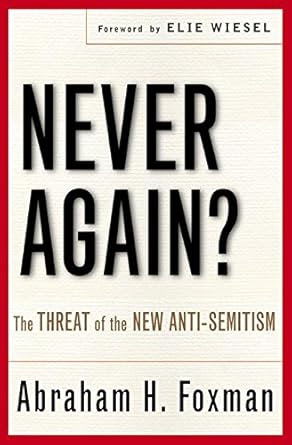Founding Father: Rediscovering George Washington by Richard Brookhiser

An interesting biography, a valuable perspective Founding Father is not a long biography (199 pages), but it is an interesting piece of writing. It is split into 3 areas - about one-half of the book is straight biography, about one-third is an analysis of the character of our first president and the balance is an analysis of what it means to be a founding father, how Washington measures up to that ideal and what kind of "father" he was. Richard Brookhiser The biography section is great - straightforward and written in an engaging and lively style. The character portion bogs down quite a bit and the founding father section is interesting (it asserts that he was the kind of father who was most concerned with preparing his children for life outside of his home - life on their own. He encourage other people to step into leadership roles to fill the vacuum that would be there when he walked away from the national spotlight.) One quote, above all, highlights the best ...















